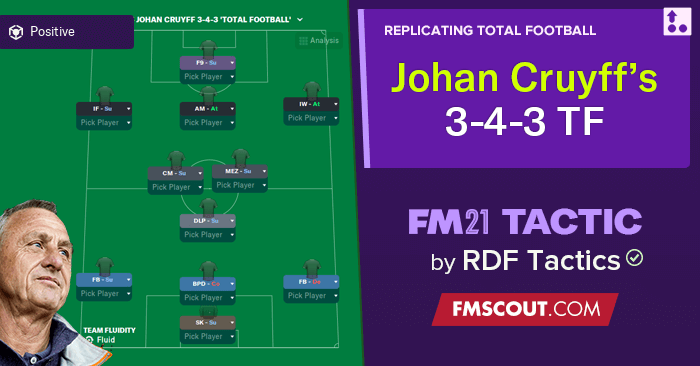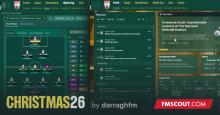
Johan Cruyff wanted to make the pitch as small as possible when out of possession, but he wanted his team to stretch the pitch in possession. This wide positioning often took shape when the team played out from the back, and the wide defenders were key as they had to move into wider positions to create passing angles. As mentioned before, opponents often played with two strikers, and with Cruyff using three defenders meant they could have a numerical advantage when playing out from the back with it being a 3v2 situation. The single-pivot would also be a passing option. He made horizontal movements to collect the ball from the Libero if the strikers chose to press, closing down the defender's passing angles. The central defender also had the license and ability to play the more direct ball.
The wide defenders had an interesting role in this system because of the somewhat contradicting tasks but ties into Cruyff's positional play. They're expected to be wide, as this gives options when playing from the back and allows the two wingers to move in centrally. They also had to understand when to come inside to be an extra passing option in midfield; then, the wide attackers would stay wide to stretch the opponents. Cruyff was all about positional play. His players had to know when to come short for a pass and when to give their teammates the space they need with the ball.
The defensive midfielder was the hub, almost as if the team was moving around him as he kept things ticking. On the ball, he made the vertical passes feeding the attacking players, and off-the-ball, Jordi Cruyff described Pep Guardiola, who played in this position, as a master of angles. Ahead of the defensive midfielder are the two central midfielders who had two different roles though they were primarily creative players. But one was more of the engine and making forward runs into the channels to stretch the opponents whilst the other had the job of linking the midfield and attack, mainly supported the defensive midfielder in progressing the ball further up the pitch, almost acting as the more advanced playmaker.
The two wingers stretching the pitch and staying wide meant that the central players had space to operate and roam around. The striker wasn't a typical number 9; he was a false-9, which disrupted the opponent's defence because he looked to drop into the midfield and often caused a defender to follow and create a gap in the defence. This allowed either one of the wide men to move in centrally or the attacking midfielder to penetrate that gap. But this wasn't heavily relied upon. The attacking midfielder didn't purely focus on getting in behind because he also had to help overload in the defending teams' midfield, creating a 5x4 situation (if the opponents played a 4-4-2) again, gaining a numerical advantage.
WATCH VIDEO FOR FULL ANALYSIS AND RESULTS











Discussion: Total Football - Johan Cruyff's 3-4-3
No comments have been posted yet..